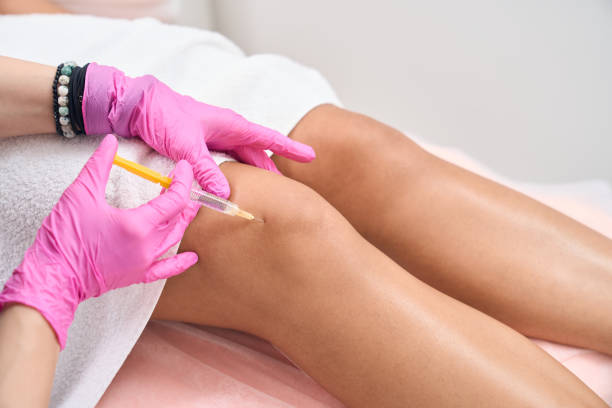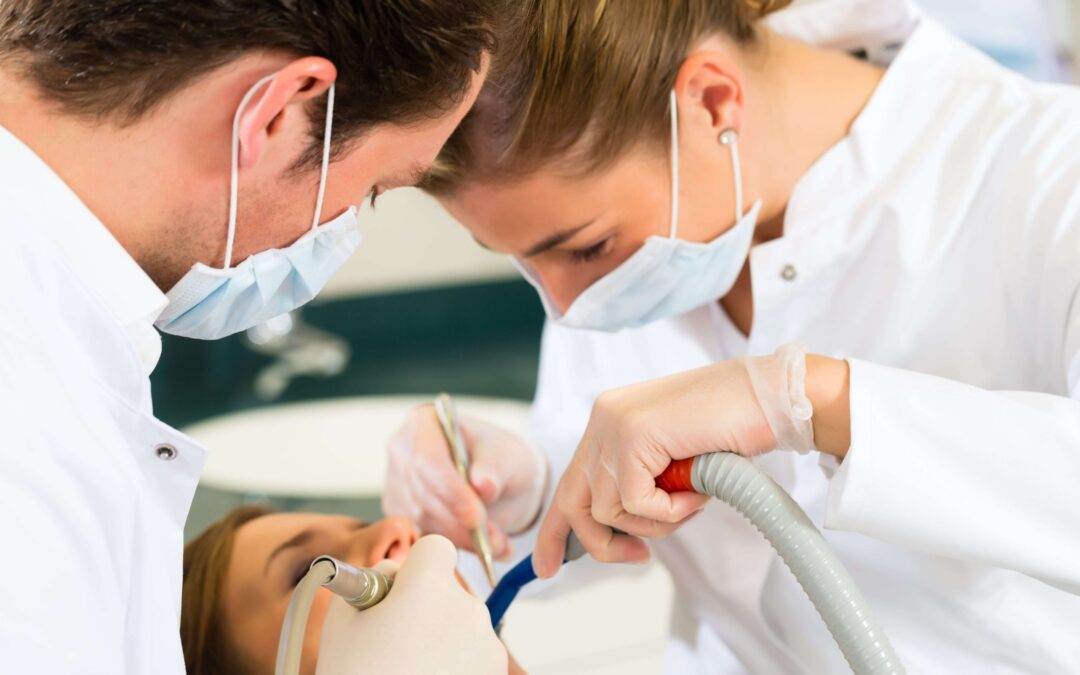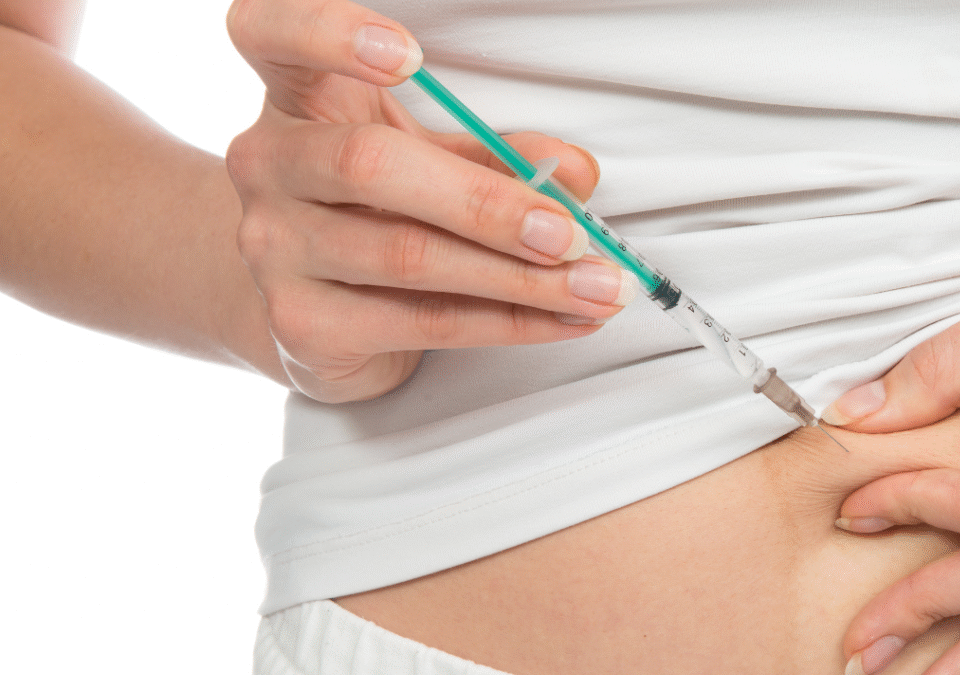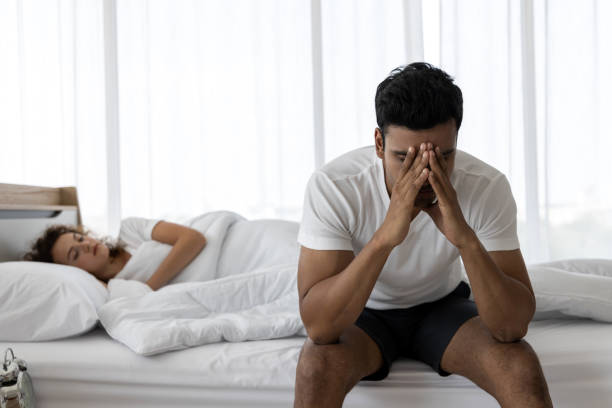Dealing with knee pain can significantly impact daily life, making simple tasks like walking, climbing stairs, or even standing uncomfortable. For many individuals, traditional treatments may not provide the desired relief, leading them to explore innovative options. Among these, Knee Pain PRP in Abu Dhabi has gained popularity as an effective and minimally invasive therapy. This treatment harnesses the body’s natural healing abilities to reduce pain and improve knee function, allowing patients to resume their normal routines with renewed confidence.
Understanding PRP Therapy for Knee Pain
What Is PRP Therapy?
Platelet-Rich Plasma (PRP) therapy is a regenerative treatment that involves extracting a patient’s blood, processing it to concentrate platelets, and injecting the platelet-rich plasma into the affected knee area. Platelets are rich in growth factors that stimulate tissue repair and regeneration. This natural process accelerates healing, alleviates pain, and enhances joint function.
How Does PRP Help with Knee Pain?
PRP therapy targets the root causes of knee discomfort, such as cartilage degeneration, ligament injuries, or inflammation. By delivering a concentrated dose of growth factors directly to the damaged tissues, it promotes:
- Accelerated tissue healing
- Reduced inflammation
- Strengthening of damaged structures
- Improved joint stability and mobility
This comprehensive approach can significantly improve knee health over time.
Benefits of Choosing PRP Therapy for Knee Pain
Minimally Invasive and Safe
PRP is a non-surgical procedure that involves only blood draw and injections. Its minimally invasive nature means less discomfort and quicker recovery compared to traditional surgical options.
Natural Healing Process
Since PRP uses the patient’s own blood components, it minimizes the risk of allergic reactions or adverse effects, making it a safe choice for many.
Promotes Long-Term Relief
Unlike temporary pain relief methods, PRP aims to repair damaged tissues, providing durable improvements and reducing the likelihood of future pain episodes.
Suitable for Various Knee Conditions
PRP therapy can be effective for a range of issues, including:
- Osteoarthritis
- Meniscus tears
- Ligament injuries
- Tendinitis
Quick Recovery Time
Most patients experience minimal downtime, allowing them to gradually return to their daily activities without prolonged interruptions.
The Process of Receiving Knee Pain PRP in Abu Dhabi
Initial Consultation
The journey begins with a thorough assessment by a specialist, who reviews the patient’s medical history, performs physical examinations, and may order imaging tests to determine the extent of knee damage.
Blood Collection and Processing
A small amount of blood is drawn from the patient and processed in a centrifuge to isolate the platelet-rich plasma. This step ensures a high concentration of healing factors.
Injection Procedure
Using a fine needle, the prepared PRP is precisely injected into targeted areas within the knee joint or surrounding tissues. The procedure is typically quick and performed under local anesthesia or numbing agents.
Post-Treatment Monitoring
Patients are monitored for a short period after the injection to ensure comfort and to address any immediate concerns. Follow-up appointments may be scheduled to assess progress.
How PRP Therapy Facilitates the Return to Daily Activities
Pain Reduction and Improved Comfort
One of the primary goals of PRP therapy is to alleviate pain. As tissues heal and inflammation subsides, patients often experience a significant decrease in discomfort, making daily movements easier.
Enhanced Knee Function and Mobility
By repairing damaged tissues, PRP helps restore the knee’s natural mechanics. Patients can regain strength, flexibility, and stability, enabling them to perform activities like walking, climbing stairs, or exercising without pain.
Increased Confidence in Movement
Relief from pain and improved joint health contribute to a boost in confidence, encouraging individuals to partake in recreational activities or chores they might have previously avoided.
Supporting Long-Term Joint Health
PRP not only addresses current pain but also promotes tissue regeneration, potentially preventing further deterioration and prolonging joint longevity.
Factors Influencing the Effectiveness of PRP for Knee Pain
Severity of Knee Damage
The extent of cartilage loss or tissue injury can impact how well a patient responds to PRP therapy. Early intervention often yields better outcomes.
Patient Lifestyle and Activity Level
Active individuals who maintain a healthy lifestyle may experience quicker and more pronounced benefits.
Adherence to Post-Treatment Recommendations
Following aftercare advice, such as avoiding strenuous activities initially, can optimize healing and results.
Number of Sessions
Some patients may require multiple PRP injections spaced over weeks to achieve optimal pain relief and functional improvements.
Aftercare Tips for Optimal Results
Rest and Gentle Activity
While resting immediately after treatment is advisable, gradually resuming light activities can promote healing.
Avoid High-Impact Activities
Engaging in strenuous exercises or activities that stress the knees should be avoided until fully healed.
Follow Medical Advice
Adhering to the guidance provided by the healthcare professional ensures the best possible outcome.
Maintain a Healthy Weight
Reducing excess weight decreases stress on the knees, supporting the healing process.
Incorporate Supportive Measures
Using supportive devices like knee braces or footwear modifications can enhance stability during recovery.
Frequently Asked Questions (FAQs)
How many PRP treatments are needed for knee pain?
The number of sessions varies depending on the severity of the condition and individual response. Many patients find relief after one or two injections, but some may benefit from additional treatments.
How long does it take to see results?
Patients often notice improvements within a few weeks, with continued progress over subsequent months as tissues regenerate and inflammation decreases.
Is PRP therapy suitable for everyone?
Most individuals with knee injuries or degenerative conditions are candidates for PRP. However, a thorough assessment by a specialist is necessary to determine suitability.
Will I need to stop other treatments?
It depends on individual circumstances. The healthcare provider will advise on how PRP fits into the overall treatment plan and whether other therapies should be continued or paused.
Can PRP prevent further knee deterioration?
While PRP promotes healing and may slow disease progression, it is most effective when combined with lifestyle modifications and other supportive measures.
Final Thoughts
Knee Pain PRP in Abu Dhabi stands out as a promising option for individuals seeking a natural, effective way to manage knee discomfort and regain their active lifestyles. By stimulating the body’s innate healing processes, this treatment offers hope for long-term relief and improved joint function. With proper evaluation, adherence to aftercare, and a proactive approach, patients can look forward to returning to their daily routines with less pain and greater mobility.
READ MORE : Can Knee Pain PRP Reduce Morning Joint Stiffness?






0 Comments